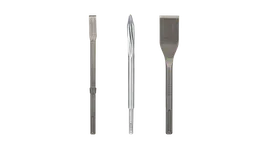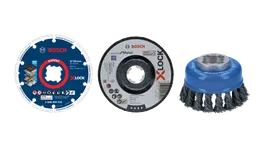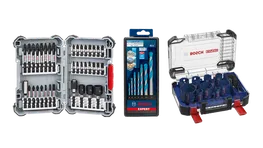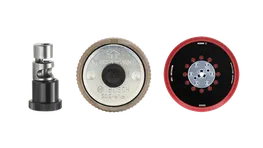They make your work more efficient and offer a number of different potential applications in the areas of monitoring, maintenance and repair. It doesn't matter whether you're checking heating and air conditioning systems or attempting to uncover issues such as leaking water pipes in sanitary facilities:
All these tasks primarily deal with temperature, and it is precisely in this regard that the Bosch thermal imaging cameras can assist you. For example, you can use them to quickly determine whether a heating system is distributing heat evenly – and then use the resulting thermal image to help you explain the results to your customer. Thanks to the immediate visualisation of temperature, you can determine directly whether everything is working correctly or if there is a problem. This means that you can save time whilst creating transparency for the customer through a professional documentation process – one of the most important basic principles for establishing trust.



















.png )


















































